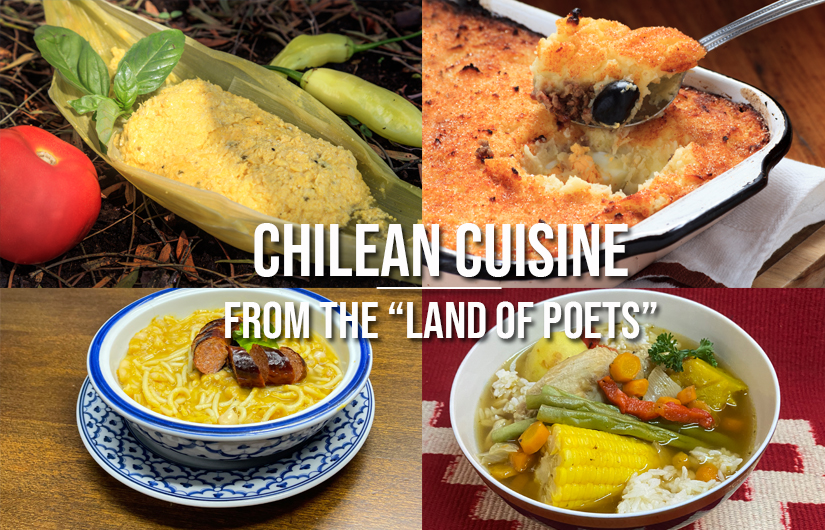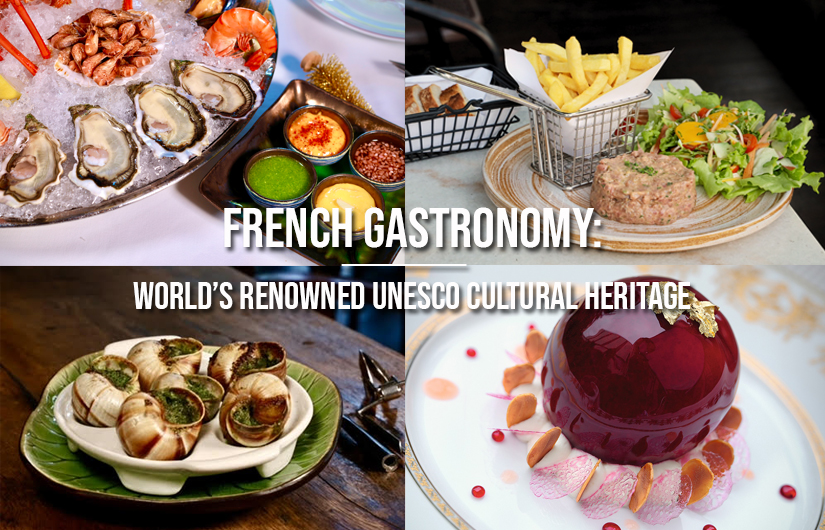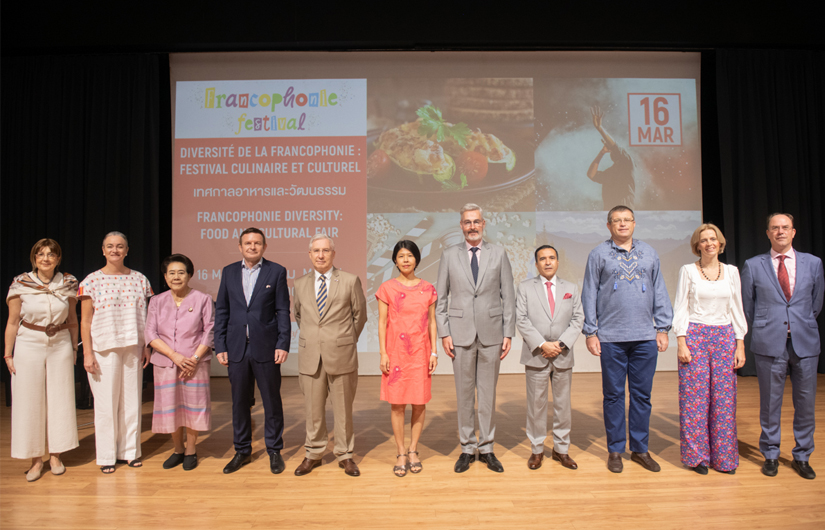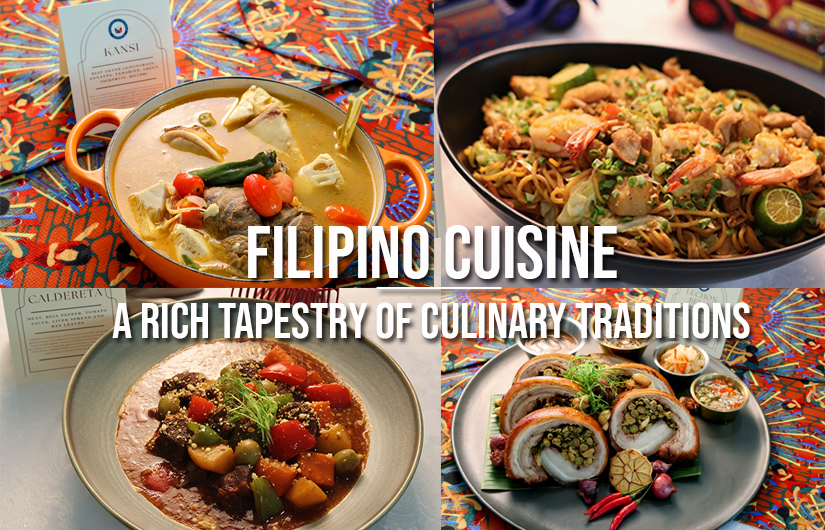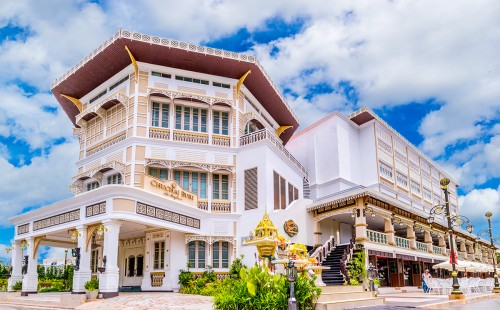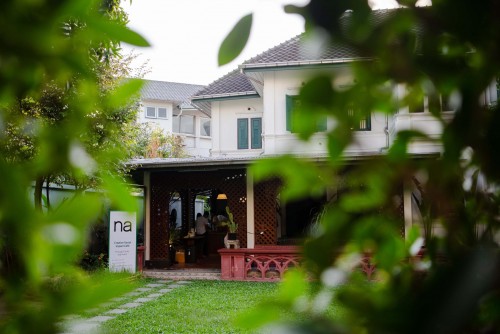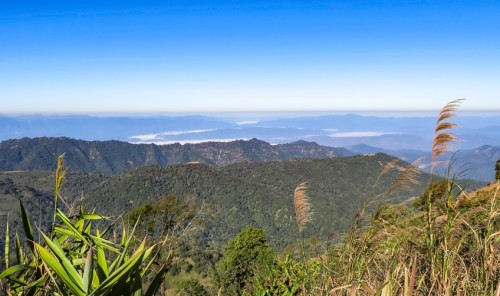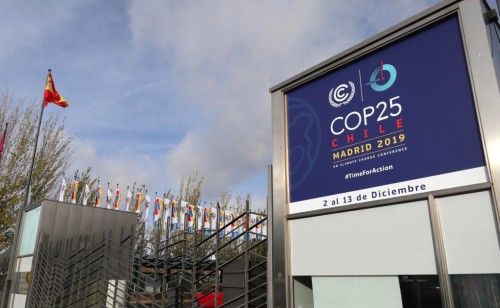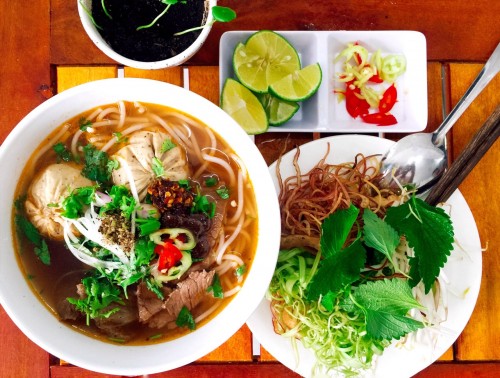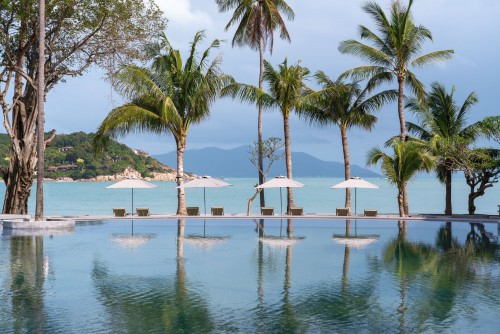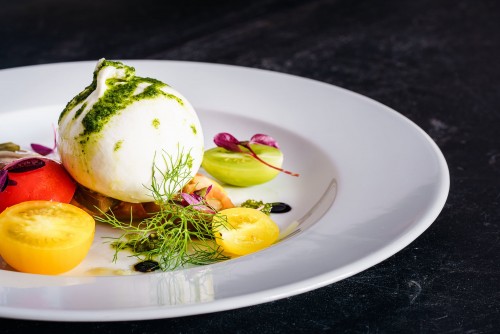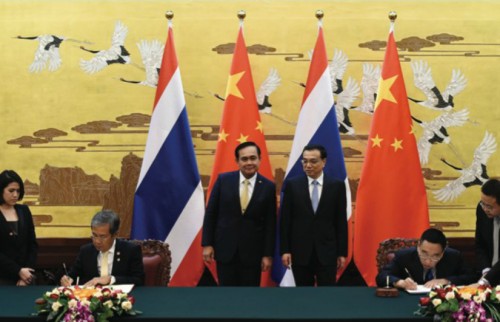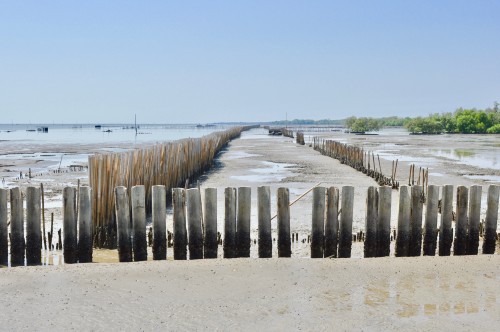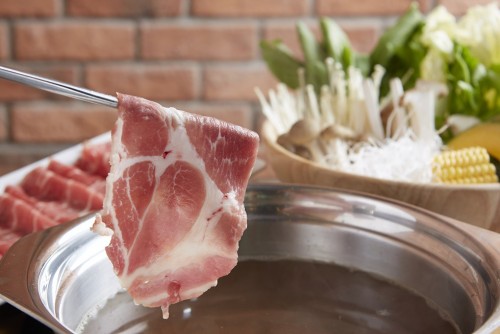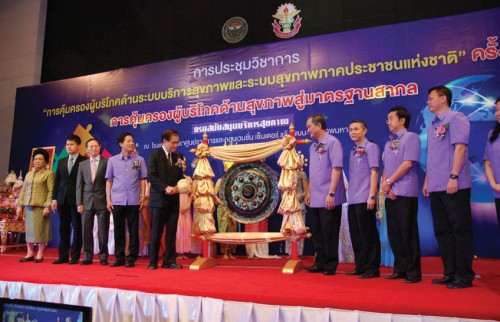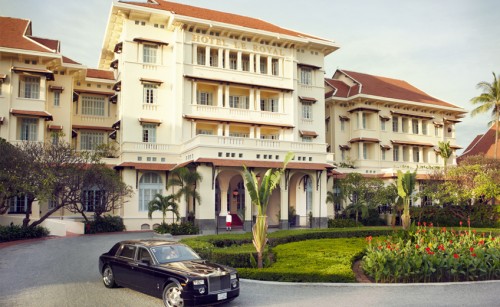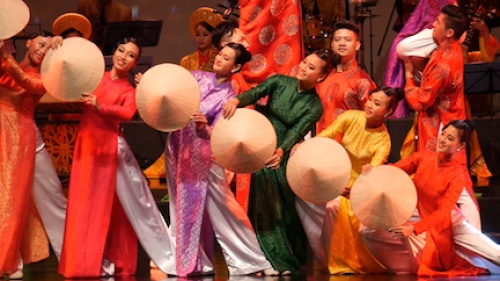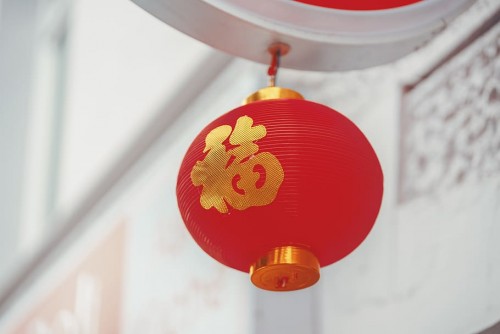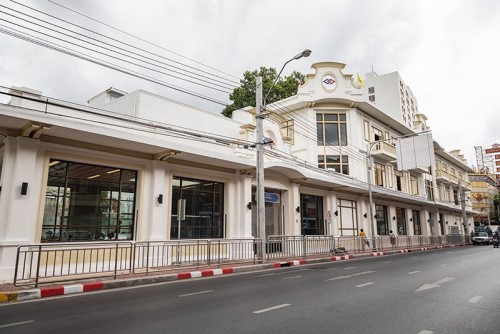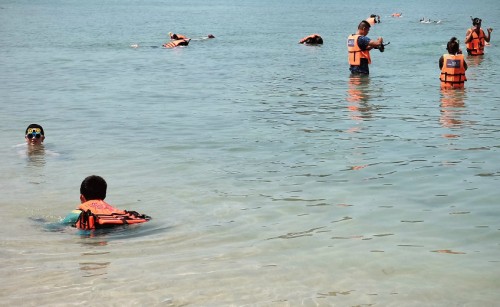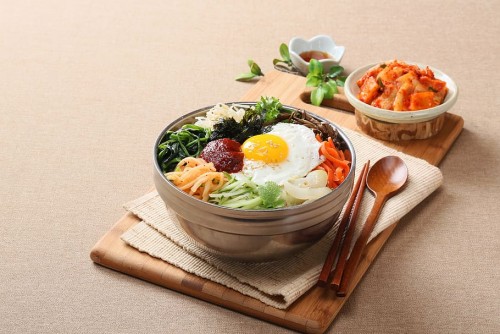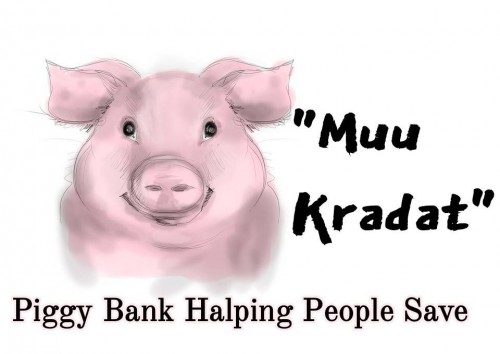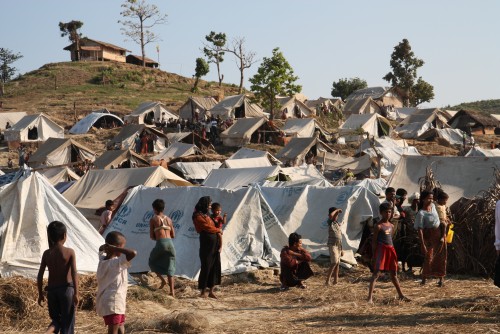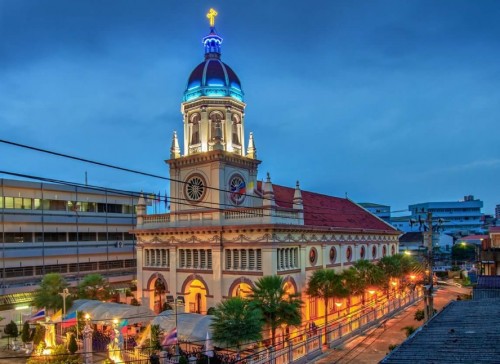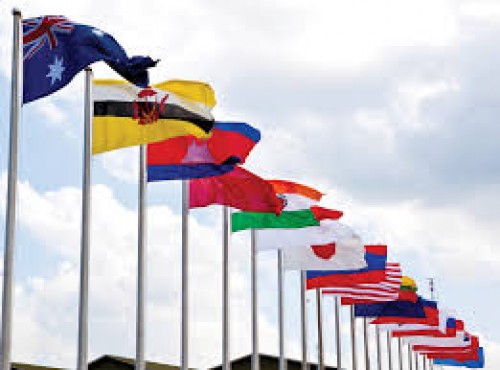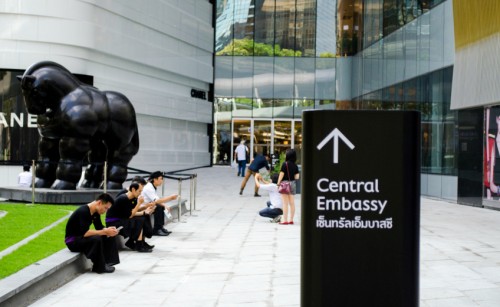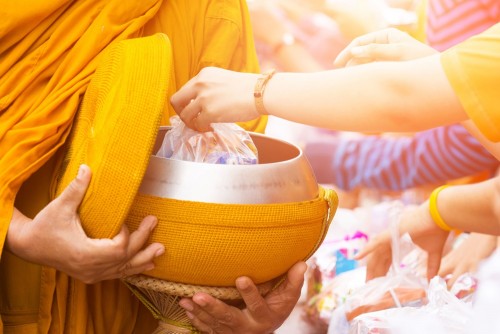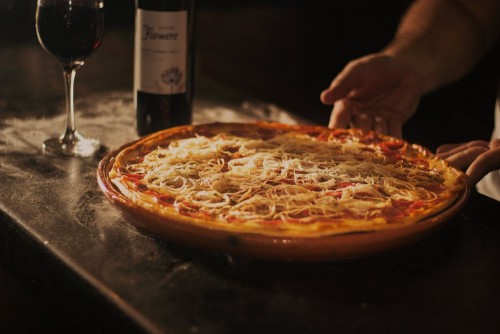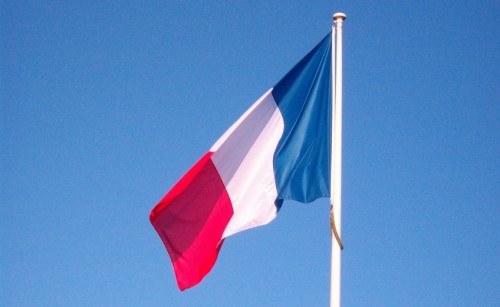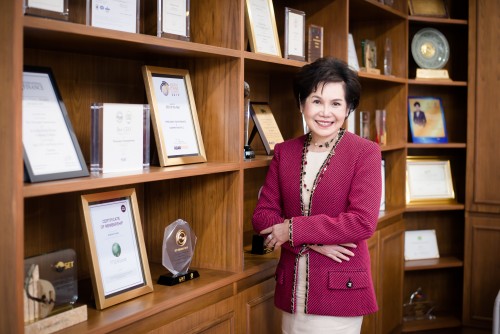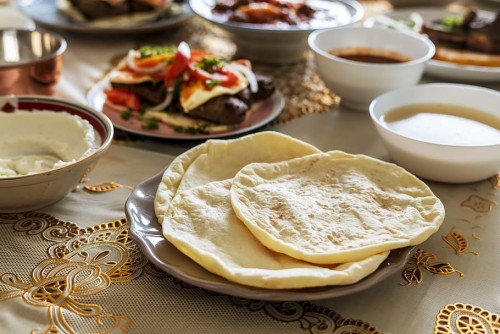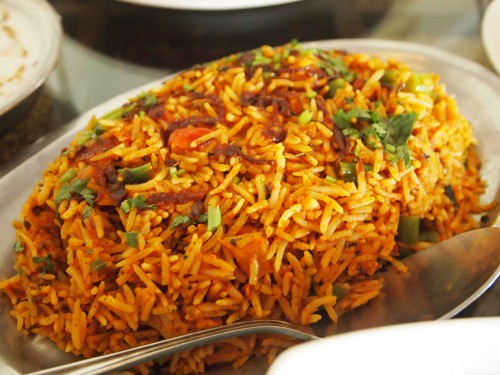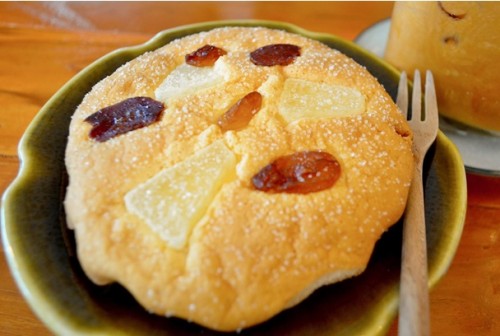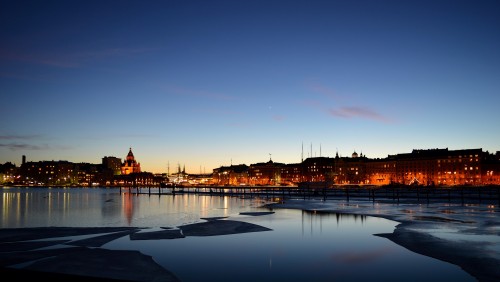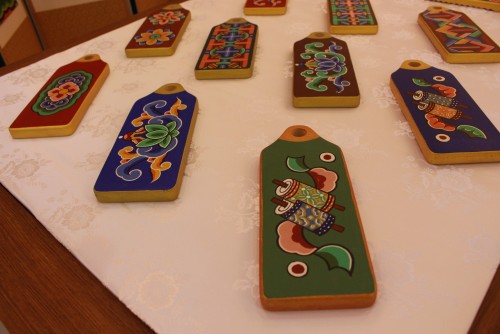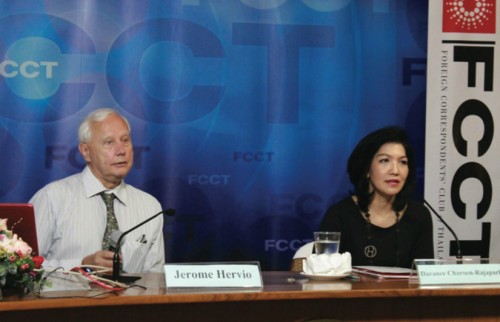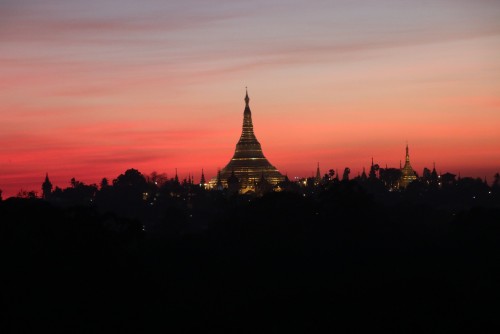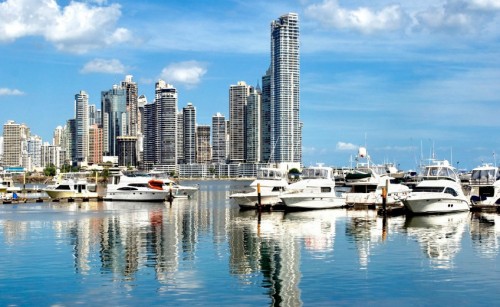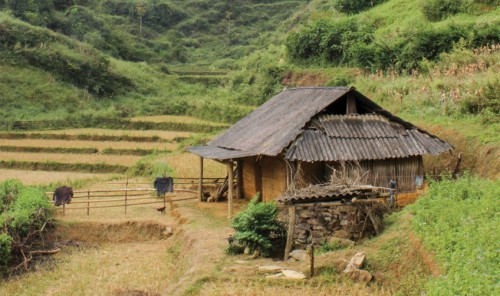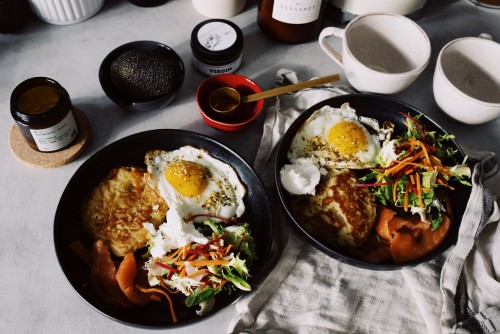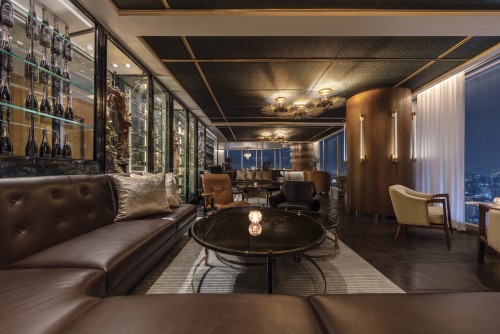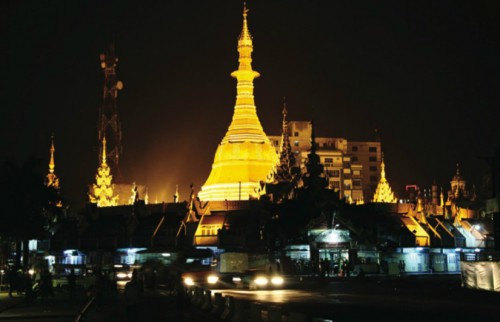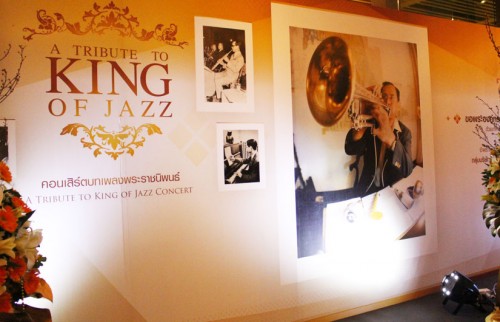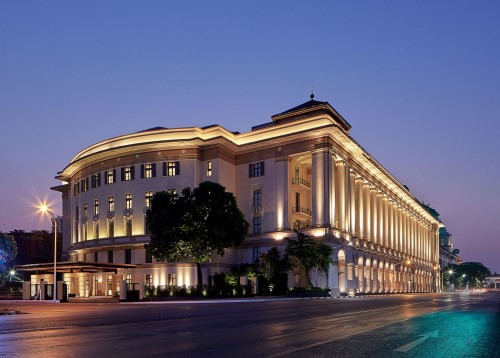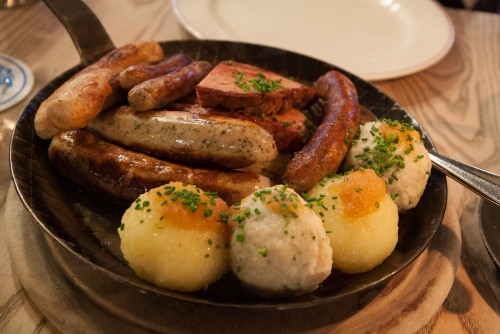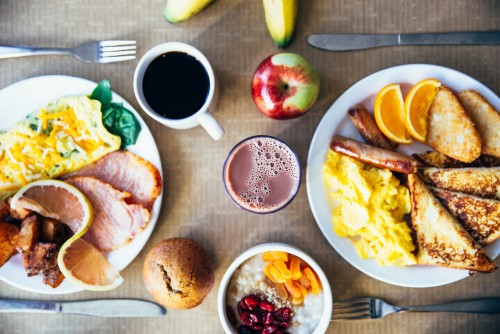Chilean Cuisine from the “Land of Poets”
By Kathleen Pokrud
Chile is often referred to as the “Land of Poets” due to its rich literary culture and their poets’ contributions to the world literature. As cuisine is a big part of the country’s cultural heritage, Elite+ was fortunate to sit down with HE Ambassador Patricio Powell to learn about the culinary story of Chile and its rich tapestry woven from the country’s diverse geography, history and indigenous traditions.
Ambassador Powell began, “Chilean cuisine started with the foods consumed by the indigenous peoples living in these lands in pre-Columbian times. From the potato and cornmeal in the highlands and desert of the north, as well as milk and meat from llamas and alpacas, to the peoples in the deep South, in Patagonia and the waters and lands close to Antarctica who depended on the sea for their food as well as land animals such as the guanaco. In the centre of the country, the diet was more diverse, a blend of shellfish and fish in coastal areas together with fruits, seeds and vegetables, corn, potatoes and meat such as the huemul (a deer) or ñandu (a type of ostrich). Let us not forget the Rapa Nui people, in Eastern Island, Chilean Polynesia, who subsisted on a diet composed mostly of seafood and subtropical fruits and vegetables. With the arrival of the Spanish colonizers in the mid 16th century, the later arrival of Europeans from Germany and Italy in the 19th and 20th centuries and the influence of cuisines from other Latin American countries, Chilean cuisine evolved into the diverse gastronomic culture that it is today.”
He proudly went on to discuss the popularity of Chilean cuisine. “Our cuisine is immediately recognized by the quality of its ingredients, notably fish and shellfish from the country´s cold ocean waters, rivers and lakes. Chilean dishes showcasing salmon, abalone, mussels, sea bass and trout are remarkable as are the fine meats from cattle raised in the centre of the country and lamb in the deep south. Chile is world famous for the quality and flavour of its fruits, notably cherries, berries, peaches, avocados and grapes, which are being used by new generations of creative chefs who are putting Chile on the map of world cuisines. Incidentally, a Chilean sandwich, known as “chacarero”, meaning ‘from the orchard’ and containing fresh tomato, green beans and green hot peppers with beef or pork, has been selected amongst the most delicious foods in the world. In addition, Chile is home to restaurants such as Borago. Inspired by the food gathering practices of the native peoples, it has been consistently ranked amongst the 50 best in the world.”
Ambassador Powell stated that Chilean gastronomy is unique. “A distinct characteristic of Chilean food is its diversity, given the many climates that can be found in our country, one of the longest in the world. From subtropical and desert to Mediterranean and the high altitude and coastal plains that run along the entire territory, Chile has the ability to produce a vast array of ingredients. In addition, the different traditions of local, regional and foreign cuisines add their own flavours. At least 16 culinary forms have been identified according to the country's geography, and new ones are being developed. Some people say that Chilean food should be essentially identified by its fish and shellfish dishes while others talk about stews of European origin mixed with local traditions, but a common denominator is the delicious, high-quality ingredients. Chilean world-class wines, an industry that started with the vines brought by the Spanish conquistadores five centuries ago, and pisco, a spirit whose production was recorded in Chile at least 250 years ago, complement the uniqueness of Chilean cuisine.”
Ambassador Powell agreed that there are significant regional differences in terms of their cuisine. “Due to the country´s geographical and weather variations and regional cultural characteristics, certain zones will be identified with specific dishes, ingredients or preparations. The region of Chiloé, in the south, for example, is known for its traditional ‘curanto’, a feast prepared placing layers of fish, shellfish, meat and vegetables in a hole in the ground over heated stones, covered by large leaves and then left to slow cook for hours. In central Chile, there is a dominance of vegetables and fruits grown in the fertile valleys. In contrast, some foods are found all over continental Chile’s more than 4,000 km long territory. Empanadas, a baked or fried dough-pocket filled with meat, cheese or shellfish; cazuela, a hearty beef, chicken and vegetables soup; and chupes, shellfish stew served in clay containers, have many regional characteristics, but always keep their basic personality.”
As our interview drew to a close, Ambassador Powell shared, “Chilean cuisine has become more complex and creative, more refined and influenced by other cuisines. It is more organic, more experimental and sustainable, but it always maintains its key characteristics of freshness and heartiness.
“Young Chilean chefs are bringing Chilean gastronomy to new territories. They are adapting the classics by following global trends, like deconstructed food. They are utilizing foraging and near-sourcing, looking for sustainability in food, promoting healthy options and incorporating elements of traditional and aboriginal cultures while using new technologies to achieve new, healthier and tastier results.”
Key representative dishes
To the already mentioned empanadas, cazuela and curanto, here are some other key dishes.
Caldillo de pescado is a fish soup, particularly Caldillo de Congrio or conger-eel soup, to which Chilean Nobel prize laureate poet Pablo Neruda dedicated a well-known Ode.
_1194171098.jpg)
Paila marina is a soup or light stew made of many different kinds of shellfish (clams, mussels, sea urchins, etc), in a fish stock, supposedly a great way to recover from too much partying.
Merluza austral con salsa de mariscos is southern hake bathed in a scallop and shrimp creamy sauce.
_890579906.jpg)
Pastel de jaiba is a creamy custard made with a base of crab and bread crumbs.
 2_1685167240.jpg)
Pastel de choclo is corn pie, baked in a clay pot, with a meat, chicken, onion, boiled eggs, olive and raisins filling. Its close relative, Humitas, are a corn, herbs and spices preparation wrapped in corn husks and boiled.
Arrollado huaso is rolled and tied pickled pork meat.
_1450580711.jpg)
Sandwiches made with excellent local bread. Some of the local creations include Lomito, thinly sliced pork loin, tomato, smashed avocado, with mayonnaise; Barros Luco, named after a Chilean president, is a steak and melted cheese concoction; Completo, or “full”, is the Chilean version of a hot dog and includes sauerkraut, avocado, tomato, mayonnaise and mustard.
Machas a la parmesana is a dish with razor clams in the half-shell covered in melted parmesan cheese, pepper and a dash of white wine and then heated in an oven.
Porotos granados is a soup made of cranberry beans and other summer vegetables.
Cordero al palo magallánico, a lamb barbeque on a stake, Patagonian style.
Lenguado a la mantequilla is pan-fried flounder fillet in a light butter sauce.
Chirimoya alegre is a tempting sweet and fresh dessert made of chirimoya (custard apple) and orange slices.
Mote con huesillos is a traditional sweet drink made of dried peaches, boiled wheat and caramel, served cold.
Cola de Mono, literally translated as “monkey's tail”, is a Christmas and New Year cold drink, made with milk, coffee, grape spirit and spices.
